 Backend Development
Backend Development
 Python Tutorial
Python Tutorial
 How to use python+Flask to realize real-time update and display of logs on web pages
How to use python+Flask to realize real-time update and display of logs on web pages
How to use python+Flask to realize real-time update and display of logs on web pages
1. Output logs to files
Use module: logging
You can generate custom level logs and output logs to the specified path
Log level: debug (debug log)
1. Encapsulation log Output method ()
import logging as lg
import os
class logging_():
def __init__(path,delete=True)
self.path = path #日志文件存放位置
name = 'log.log' #日志文件名称
self.log_ = os.path.join(self.path,name) #进入文件目录
if delete == True:
open(f"{path}/{name}","w").close #为True时清空文本
# 创建一个日志处理器
self.logger = lg.getLogger('logger')
# 设置日志等级,低于设置等级的日志被丢弃
self.logger.setLevel(lg.DEBUG)
# 设置输出日志格式
self.fmt = lg.Formatter("[%(asctime)s] - %(levelname)s: %(message)s","%Y-%m-%d %H:%M:%S")
# 创建一个文件处理器
self.fh = lg.FileHandler(self.log_,encoding='utf-8')
# 设置文件输出格式
self.fh.setFormatter(self.fmt)
# 将文件处理器添加到日志处理器中
self.logger.addHandler(self.fh)
# 创建一个控制台处理器
self.sh=lg.StreamHandler()
# 设置控制台输出格式
self.sh.setFormatter(self.fmt)
# 将控制台处理器添加到日志处理器中
self.logger.addHandler(self.sh)
# 关闭文件
self.fh.close()
# 使用
if __name__ == '__main__':
_path = os.paht.dirname(__file__) # 获取当前文件的路径
lg = logging_(_path).logger # 实例化封装类
lg.info('1111')
lg.debug('2222')
lg.error('33333')
lg.warning('44444')Output content after running, there is an additional log.log file in the current file directory:
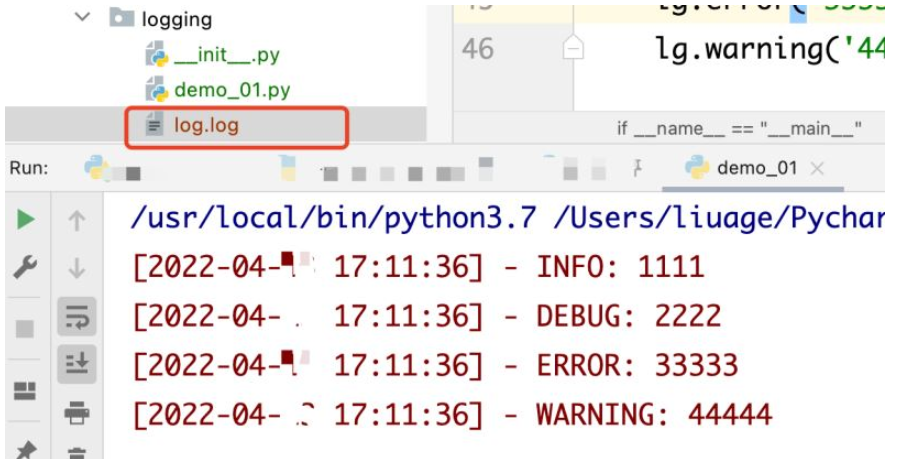
Log content:
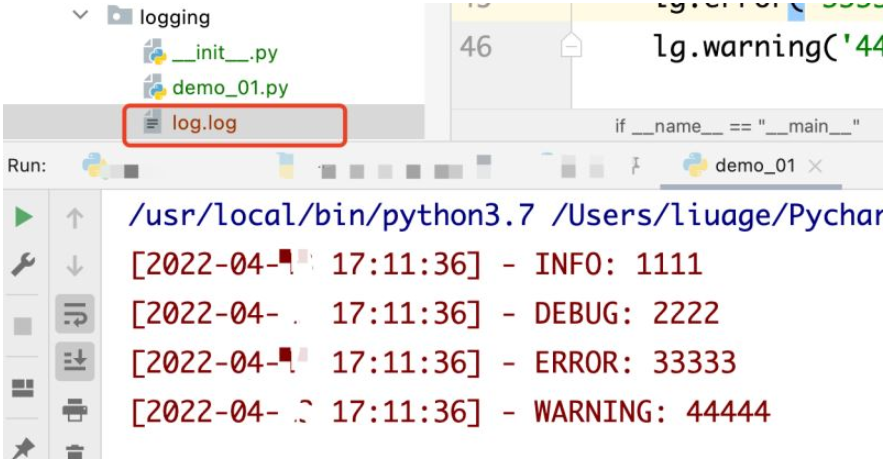
2. Generate logs and read logs
1. Create a new py file (generation_log) with a customized file name.
2. Directly upload Code
# 导入上面封装好的日志输出
from logging.demo_01 import logging_
import os,time
_path = os.path.dirname(__file__) # 获取当前文件路径
lg = logging_(_path) # 实例化类
# 创建方法生成日志
def generation_log():
for i in range(20):
lg.info(i)
time.sleep(1)
# 读取日志并返回
def red_logs():
log_path = f'{_path}/log.log' # 获取日志文件路径
with open(log_path,'rb') as f:
log_size = path.getsize(log_path) # 获取日志大小
offset = -100
# 如果文件大小为0时返回空
if log_size == 0:
return ''
while True:
# 判断offset是否大于文件字节数,是则读取所有行,并返回
if (abs(offset) >= log_size):
f.seek(-log_size, 2)
data = f.readlines()
return data
# 游标移动倒数的字节数位置
data = f.readlines()
# 判断读取到的行数,如果大于1则返回最后一行,否则扩大offset
if (len(data) > 1):
return data
else:
offset *= 23. Flask creates a web service
I won’t explain what flask does right now. If you are interested, you can go to Baidu or wait for my update. Here, just follow the steps and add the code. Quickly implement a simple web page
1. Create an app.py file in the directory and enter the following code
#导入flask模块
from flask import Flask,request,render_template
# 导入日志生成和日志返回方法
from study.logging.generation_log import generation_log,red_logs
app = Flask(__name__)
line_number = [0] #存放当前日志行数
# 定义接口把处理日志并返回到前端
@app.route('/get_log',methods=['GET','POST'])
def get_log():
log_data = red_logs() # 获取日志
# 判断如果此次获取日志行数减去上一次获取日志行数大于0,代表获取到新的日志
if len(log_data) - line_number[0] > 0:
log_type = 2 # 当前获取到日志
log_difference = len(log_data) - line_number[0] # 计算获取到少行新日志
log_list = [] # 存放获取到的新日志
# 遍历获取到的新日志存放到log_list中
for i in range(log_difference):
log_i = log_data[-(i+1)].decode('utf-8') # 遍历每一条日志并解码
log_list.insert(0,log_i) # 将获取的日志存放log_list中
else:
log_type = 3
log_list = ''
# 已字典形式返回前端
_log = {
'log_type' : log_type,
'log_list' : log_list
}
line_number.pop() # 删除上一次获取行数
line_number.append(len(log_data)) # 添加此次获取行数
return _log
# 通过前端请求执行生成日志方法
@app.route('/generation_log',methods=['GET','POST'])
def generation_log_():
if request.method == 'POST':
generation_log()
return ''
@app.route('/',methods=['GET','POST'])
def index():
if request.method == 'GET':
return render_template('index.html')
if request.method == 'POST':
return render_template('index.html')
if __name__ == "__main__":
app.run(debug=True) #启动web服务2. Create a templates directory in the directory
3. Create a new index.html file in the templates directory and enter the following front-end code
<!DOCTYPE html>
<html lang="en">
<head>
<meta charset="UTF-8">
<title>Title</title>
<style>
body{
margin: auto;
background-color: #f5f5f5;
}
.button{width: 200px;height: 50px;color:#FFFFFF;background-color: #1da1f2}
.log{
width: 98%;
height: 500px;
background-color: #FFFFFF;
margin: 0 auto;
margin-top: 10px;
padding-top: 30px;
padding-bottom: 40px;
}
.log_text{
height: 500px;
margin-left: 80px;
font-size: 18px;
color: #111111;
overflow-x: hidden;
overflow-y: auto;
}
</style>
</head>
<body>
<button id="button" class="button">开始</button>
<div class="log">
<div class="log_text" id='log_list'>
<div id="log_text"></div>
</div>
</div>
</body>
<script src="http://libs.baidu.com/jquery/2.0.0/jquery.min.js"></script>
<script>
var time
// 创建一个元素节点
function insertAfter( newElement, targetElement ){ // newElement是要追加的元素targetElement 是指定元素的位置
var parent = targetElement.parentNode; // 找到指定元素的父节点
parent.appendChild( newElement, targetElement );
};
function log(){
clearTimeout(time) // 清空定时器
var log_null = 0 //存放空日志次数
var div = document.getElementById('log_list') //找到存放日志的块
div.innerHTML = "<div id='log_text'></div>" // 每次跑清空div内内容
$.post('/generation_log',{},function (){
}) //请求生成日志接口
// 生成定时器
time = setInterval(function (){
$.get('/get_log',{},function (data){ //请求获取日志接口获取日志
if (data.log_type == 3){ //如果获取的是空日志log_null次数加1
log_null ++
if (log_null >= 5){
clearTimeout(time) //如果连续10次获取的都是空日志清除定时任务
}
return
}
if (data.log_type == 2){ //如果获取到新日志
for (i=0;i<data.log_list.length;i++){ //遍历日志
var p = document.createElement("p") //生成一个p标签
p.innerHTML = data.log_list[i] //日志存放到P标签内
var header = document.getElementById('log_text')
insertAfter(p,header) //将p标签添加到log_text div中
div.scrollTop = div.scrollHeight //滚动条实时显示到底部
}
log_null = 0 //日志为空次数清0
}
})
},1000) //每1秒钟执行一次
}
document.getElementById('button').addEventListener("click",log) //点击开始按钮开始执行
</script>
</html>4. Start the service
1. Check the project directory to see if the code is complete
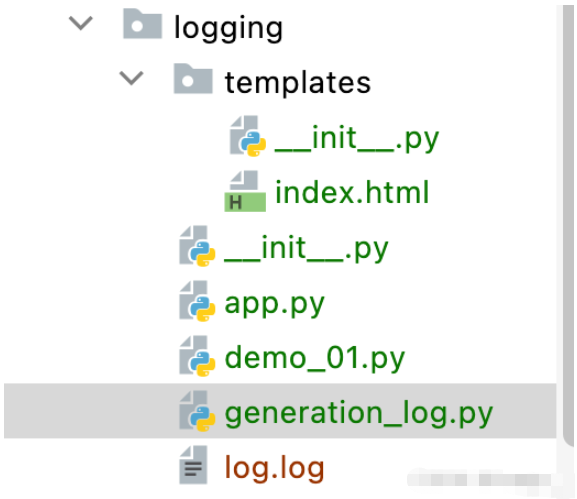
2. Start the app.py file

3. Access the local connection: http://127.0.0.1:5000/
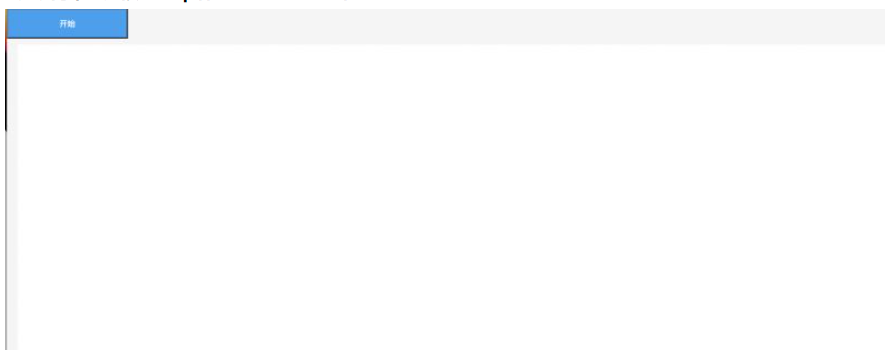
##4 , click start
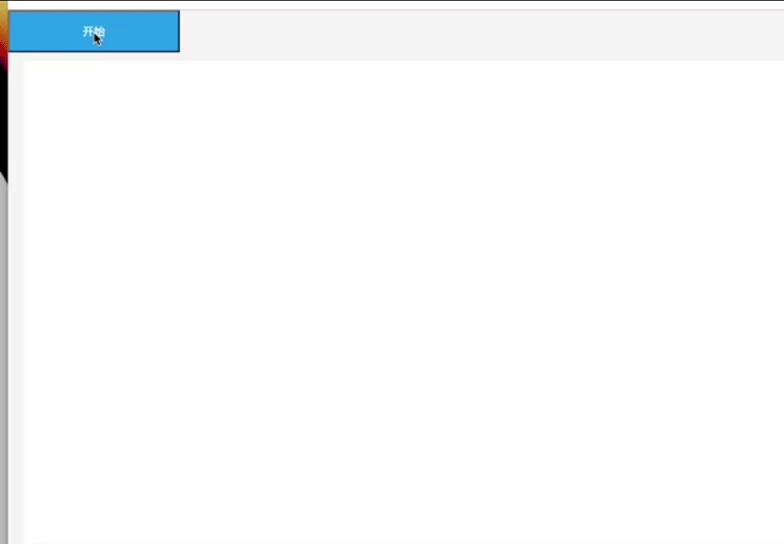
The above is the detailed content of How to use python+Flask to realize real-time update and display of logs on web pages. For more information, please follow other related articles on the PHP Chinese website!

Hot AI Tools

Undresser.AI Undress
AI-powered app for creating realistic nude photos

AI Clothes Remover
Online AI tool for removing clothes from photos.

Undress AI Tool
Undress images for free

Clothoff.io
AI clothes remover

Video Face Swap
Swap faces in any video effortlessly with our completely free AI face swap tool!

Hot Article

Hot Tools

Notepad++7.3.1
Easy-to-use and free code editor

SublimeText3 Chinese version
Chinese version, very easy to use

Zend Studio 13.0.1
Powerful PHP integrated development environment

Dreamweaver CS6
Visual web development tools

SublimeText3 Mac version
God-level code editing software (SublimeText3)

Hot Topics
 PHP and Python: Different Paradigms Explained
Apr 18, 2025 am 12:26 AM
PHP and Python: Different Paradigms Explained
Apr 18, 2025 am 12:26 AM
PHP is mainly procedural programming, but also supports object-oriented programming (OOP); Python supports a variety of paradigms, including OOP, functional and procedural programming. PHP is suitable for web development, and Python is suitable for a variety of applications such as data analysis and machine learning.
 Python vs. JavaScript: The Learning Curve and Ease of Use
Apr 16, 2025 am 12:12 AM
Python vs. JavaScript: The Learning Curve and Ease of Use
Apr 16, 2025 am 12:12 AM
Python is more suitable for beginners, with a smooth learning curve and concise syntax; JavaScript is suitable for front-end development, with a steep learning curve and flexible syntax. 1. Python syntax is intuitive and suitable for data science and back-end development. 2. JavaScript is flexible and widely used in front-end and server-side programming.
 Choosing Between PHP and Python: A Guide
Apr 18, 2025 am 12:24 AM
Choosing Between PHP and Python: A Guide
Apr 18, 2025 am 12:24 AM
PHP is suitable for web development and rapid prototyping, and Python is suitable for data science and machine learning. 1.PHP is used for dynamic web development, with simple syntax and suitable for rapid development. 2. Python has concise syntax, is suitable for multiple fields, and has a strong library ecosystem.
 Can vs code run in Windows 8
Apr 15, 2025 pm 07:24 PM
Can vs code run in Windows 8
Apr 15, 2025 pm 07:24 PM
VS Code can run on Windows 8, but the experience may not be great. First make sure the system has been updated to the latest patch, then download the VS Code installation package that matches the system architecture and install it as prompted. After installation, be aware that some extensions may be incompatible with Windows 8 and need to look for alternative extensions or use newer Windows systems in a virtual machine. Install the necessary extensions to check whether they work properly. Although VS Code is feasible on Windows 8, it is recommended to upgrade to a newer Windows system for a better development experience and security.
 Can visual studio code be used in python
Apr 15, 2025 pm 08:18 PM
Can visual studio code be used in python
Apr 15, 2025 pm 08:18 PM
VS Code can be used to write Python and provides many features that make it an ideal tool for developing Python applications. It allows users to: install Python extensions to get functions such as code completion, syntax highlighting, and debugging. Use the debugger to track code step by step, find and fix errors. Integrate Git for version control. Use code formatting tools to maintain code consistency. Use the Linting tool to spot potential problems ahead of time.
 PHP and Python: A Deep Dive into Their History
Apr 18, 2025 am 12:25 AM
PHP and Python: A Deep Dive into Their History
Apr 18, 2025 am 12:25 AM
PHP originated in 1994 and was developed by RasmusLerdorf. It was originally used to track website visitors and gradually evolved into a server-side scripting language and was widely used in web development. Python was developed by Guidovan Rossum in the late 1980s and was first released in 1991. It emphasizes code readability and simplicity, and is suitable for scientific computing, data analysis and other fields.
 How to run programs in terminal vscode
Apr 15, 2025 pm 06:42 PM
How to run programs in terminal vscode
Apr 15, 2025 pm 06:42 PM
In VS Code, you can run the program in the terminal through the following steps: Prepare the code and open the integrated terminal to ensure that the code directory is consistent with the terminal working directory. Select the run command according to the programming language (such as Python's python your_file_name.py) to check whether it runs successfully and resolve errors. Use the debugger to improve debugging efficiency.
 Is the vscode extension malicious?
Apr 15, 2025 pm 07:57 PM
Is the vscode extension malicious?
Apr 15, 2025 pm 07:57 PM
VS Code extensions pose malicious risks, such as hiding malicious code, exploiting vulnerabilities, and masturbating as legitimate extensions. Methods to identify malicious extensions include: checking publishers, reading comments, checking code, and installing with caution. Security measures also include: security awareness, good habits, regular updates and antivirus software.





